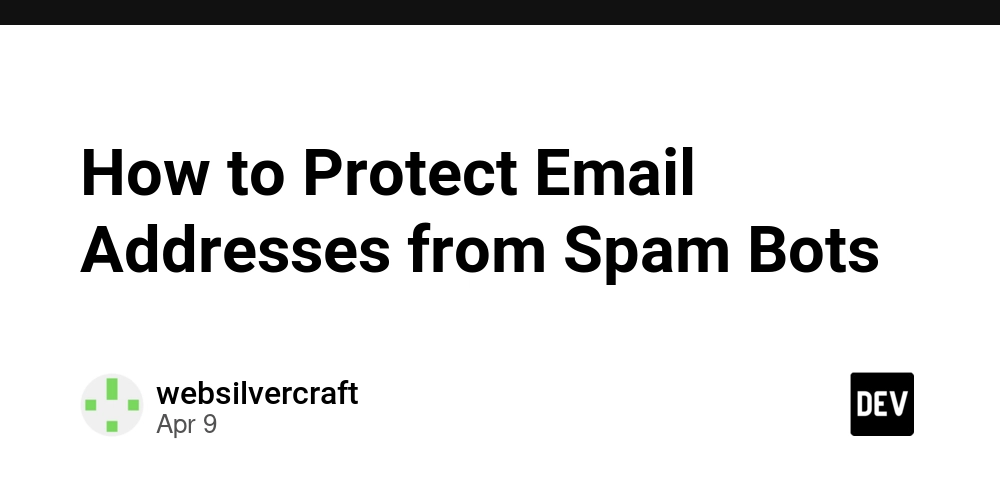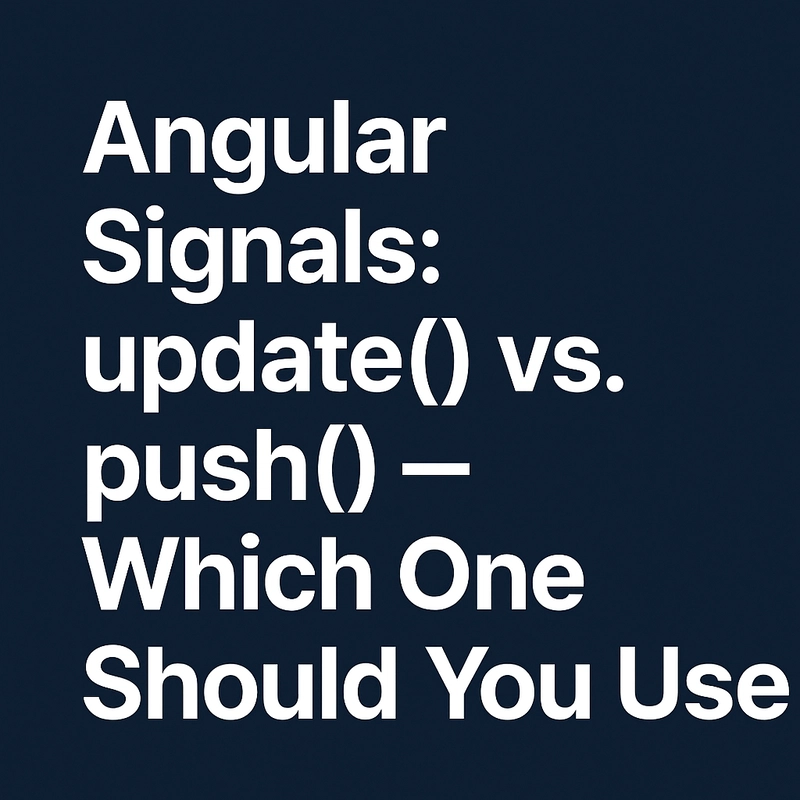How to Protect Email Addresses from Spam Bots
Email addresses on websites are prime targets for spam bots that crawl the web looking for this valuable data. If you have a contact page with email addresses displayed in plain text, you're practically inviting unwanted spam. Here are several effective methods to protect your email addresses while keeping them accessible to human visitors. 1. JavaScript Email Obfuscation Replace plain text email addresses with JavaScript that dynamically constructs the email when needed: document.addEventListener('DOMContentLoaded', function() { const emailElements = document.querySelectorAll('.email-protect'); emailElements.forEach(element => { const username = element.getAttribute('data-user'); const domain = element.getAttribute('data-domain'); element.addEventListener('click', function(e) { e.preventDefault(); window.location.href = `mailto:${username}@${domain}`; }); element.innerHTML = `${username}@${domain}`; }); }); Then in your HTML: Contact Us 2. HTML Entity Encoding Convert the email address characters to HTML entities to confuse bots: info@example.com This renders as a normal "info@example.com" link to humans but is harder for bots to parse. 3. CSS Direction Reversal Use CSS to display the email in reverse and then flip it with CSS: .email-reverse { unicode-bidi: bidi-override; direction: rtl; display: inline-block; } moc.elpmaxe@ofni 4. Image Replacement Replace text emails with images containing the address: Remember to provide alternative text for accessibility. 5. Contact Forms: The Best Solution The most effective approach is to use a contact form instead of displaying email addresses directly. This provides several benefits: No email addresses are exposed in the HTML You can implement CAPTCHA or other bot prevention Forms can include validation and required fields You can direct inquiries to the right department automatically 6. Implementation Example Here's a complete example you can adapt for your site: document.addEventListener('DOMContentLoaded', function() { // Email protection function function setupEmailProtection() { const emailMap = { 'info': ['info', 'example.com'], 'support': ['support', 'example.com'], 'sales': ['sales', 'example.com'] }; for (const [id, parts] of Object.entries(emailMap)) { const element = document.getElementById(`email-${id}`); if (element) { // Create a text node with the email address const emailText = document.createTextNode(`${parts[0]}@${parts[1]}`); element.appendChild(emailText); // Set up the click handler element.addEventListener('click', function(e) { e.preventDefault(); window.location.href = `mailto:${parts[0]}@${parts[1]}`; }); } } } // Call function when page loads setupEmailProtection(); }); Protecting your email addresses from spam bots is an essential part of maintaining a professional web presence. By implementing one or more of these techniques, you can significantly reduce unwanted spam while keeping your contact information accessible to legitimate users. At the end of the day, no solution is 100% bot-proof, so consider using multiple layers of protection for sensitive contact information. For critical applications, contact forms with proper spam protection remain the gold standard.

Email addresses on websites are prime targets for spam bots that crawl the web looking for this valuable data. If you have a contact page with email addresses displayed in plain text, you're practically inviting unwanted spam. Here are several effective methods to protect your email addresses while keeping them accessible to human visitors.
1. JavaScript Email Obfuscation
Replace plain text email addresses with JavaScript that dynamically constructs the email when needed:
document.addEventListener('DOMContentLoaded', function() {
const emailElements = document.querySelectorAll('.email-protect');
emailElements.forEach(element => {
const username = element.getAttribute('data-user');
const domain = element.getAttribute('data-domain');
element.addEventListener('click', function(e) {
e.preventDefault();
window.location.href = `mailto:${username}@${domain}`;
});
element.innerHTML = `${username}@${domain}`;
});
});
Then in your HTML:
href="#" class="email-protect" data-user="info" data-domain="example.com">Contact Us
2. HTML Entity Encoding
Convert the email address characters to HTML entities to confuse bots:
href="mailto:info@example.com">info@example.com
This renders as a normal "info@example.com" link to humans but is harder for bots to parse.
3. CSS Direction Reversal
Use CSS to display the email in reverse and then flip it with CSS:
class="email-reverse">moc.elpmaxe@ofni
4. Image Replacement
Replace text emails with images containing the address:
src="/images/contact-email.png" alt="Contact our team" width="180" height="20">
Remember to provide alternative text for accessibility.
5. Contact Forms: The Best Solution
The most effective approach is to use a contact form instead of displaying email addresses directly. This provides several benefits:
No email addresses are exposed in the HTML
You can implement CAPTCHA or other bot prevention
Forms can include validation and required fields
You can direct inquiries to the right department automatically
6. Implementation Example
Here's a complete example you can adapt for your site:
document.addEventListener('DOMContentLoaded', function() {
// Email protection function
function setupEmailProtection() {
const emailMap = {
'info': ['info', 'example.com'],
'support': ['support', 'example.com'],
'sales': ['sales', 'example.com']
};
for (const [id, parts] of Object.entries(emailMap)) {
const element = document.getElementById(`email-${id}`);
if (element) {
// Create a text node with the email address
const emailText = document.createTextNode(`${parts[0]}@${parts[1]}`);
element.appendChild(emailText);
// Set up the click handler
element.addEventListener('click', function(e) {
e.preventDefault();
window.location.href = `mailto:${parts[0]}@${parts[1]}`;
});
}
}
}
// Call function when page loads
setupEmailProtection();
});
Protecting your email addresses from spam bots is an essential part of maintaining a professional web presence. By implementing one or more of these techniques, you can significantly reduce unwanted spam while keeping your contact information accessible to legitimate users.
At the end of the day, no solution is 100% bot-proof, so consider using multiple layers of protection for sensitive contact information. For critical applications, contact forms with proper spam protection remain the gold standard.







































































